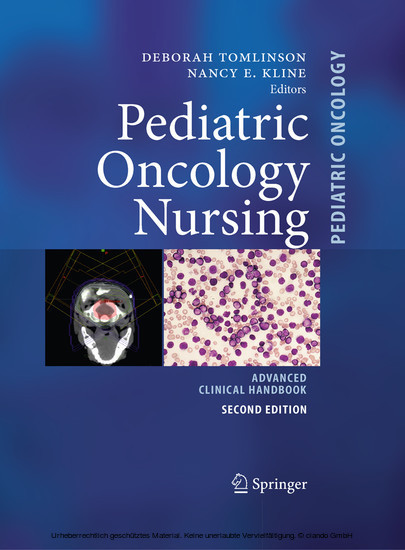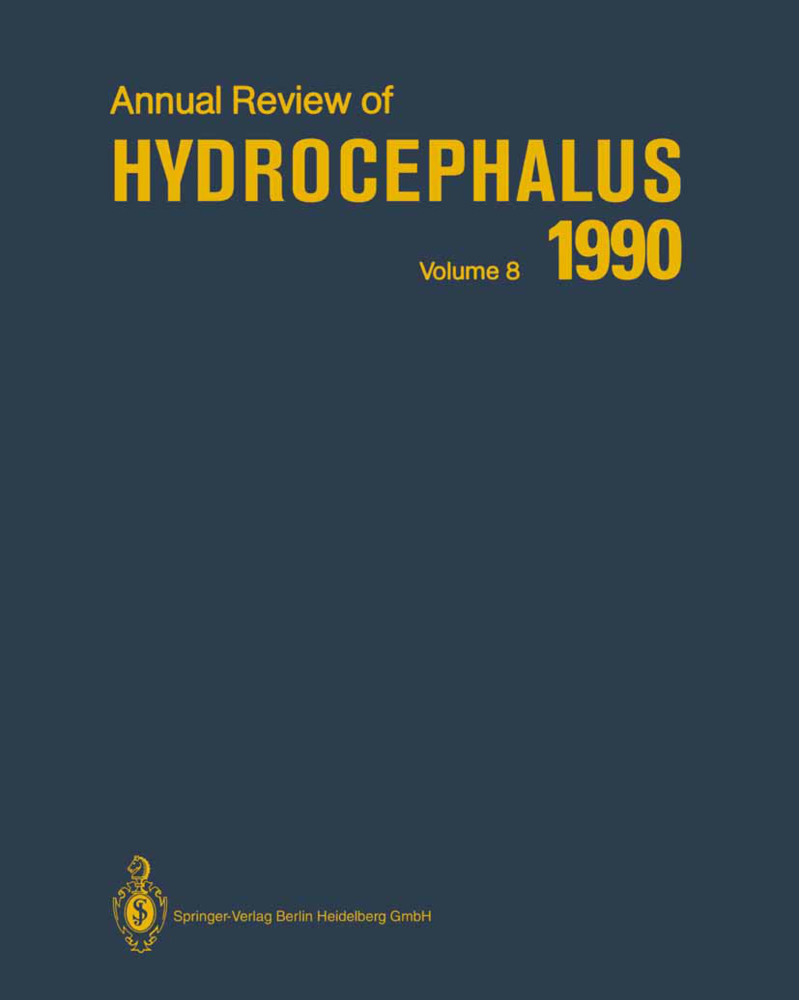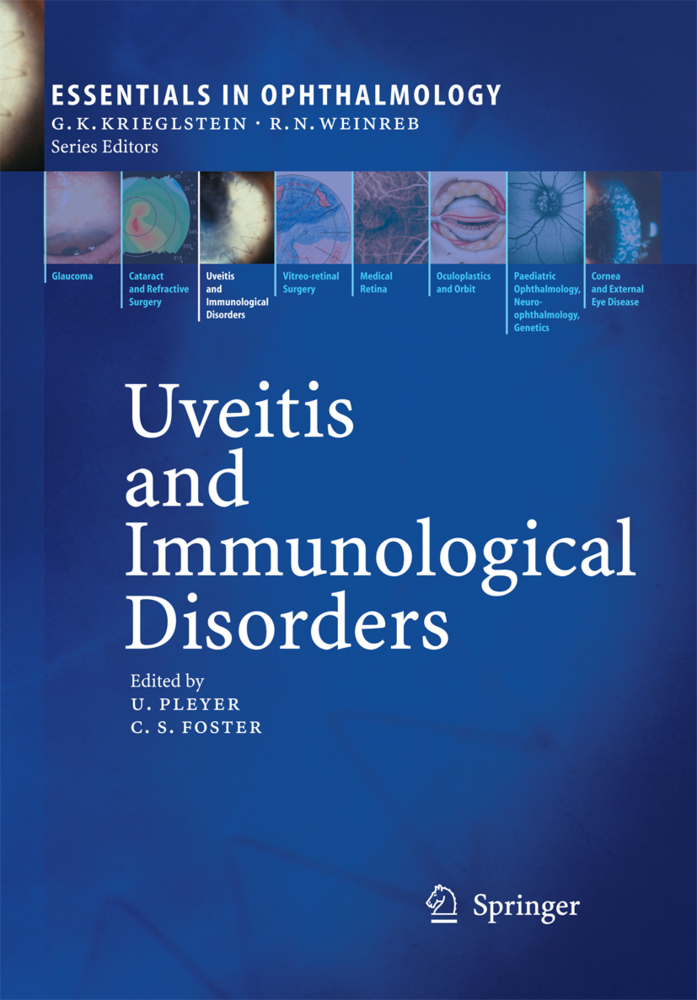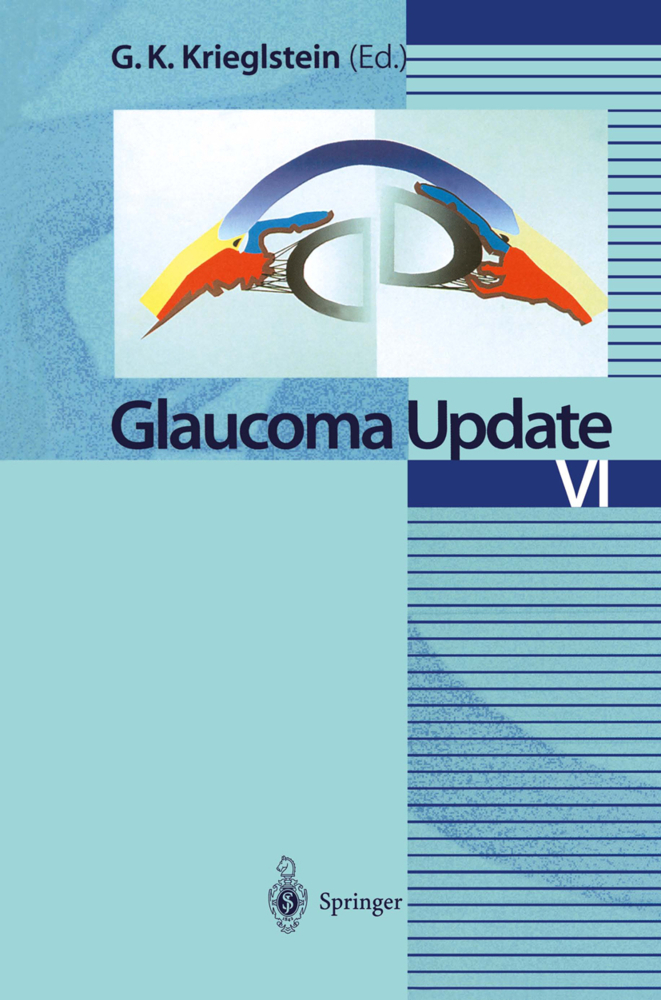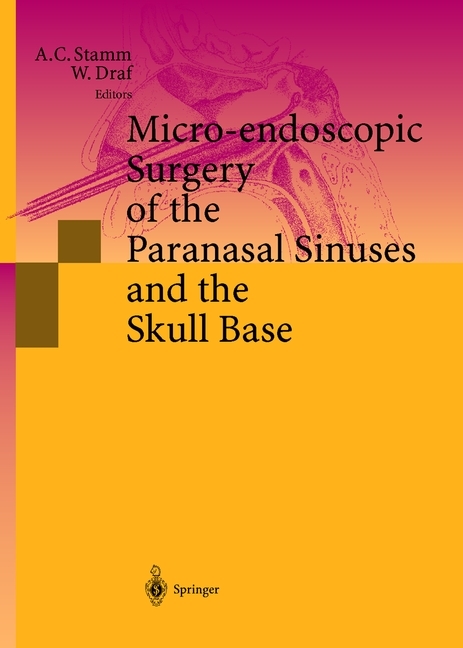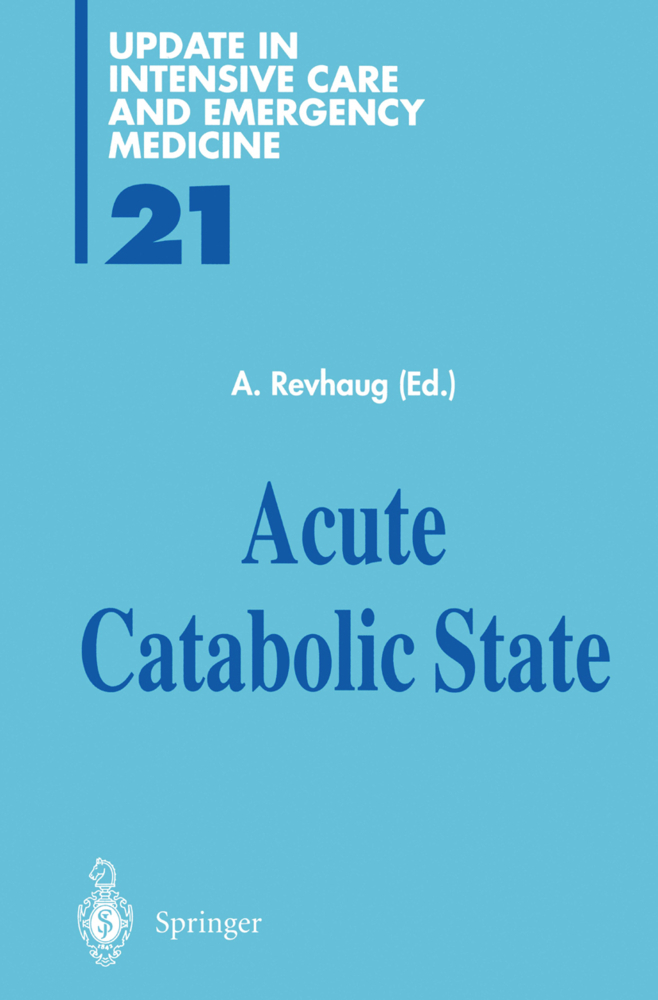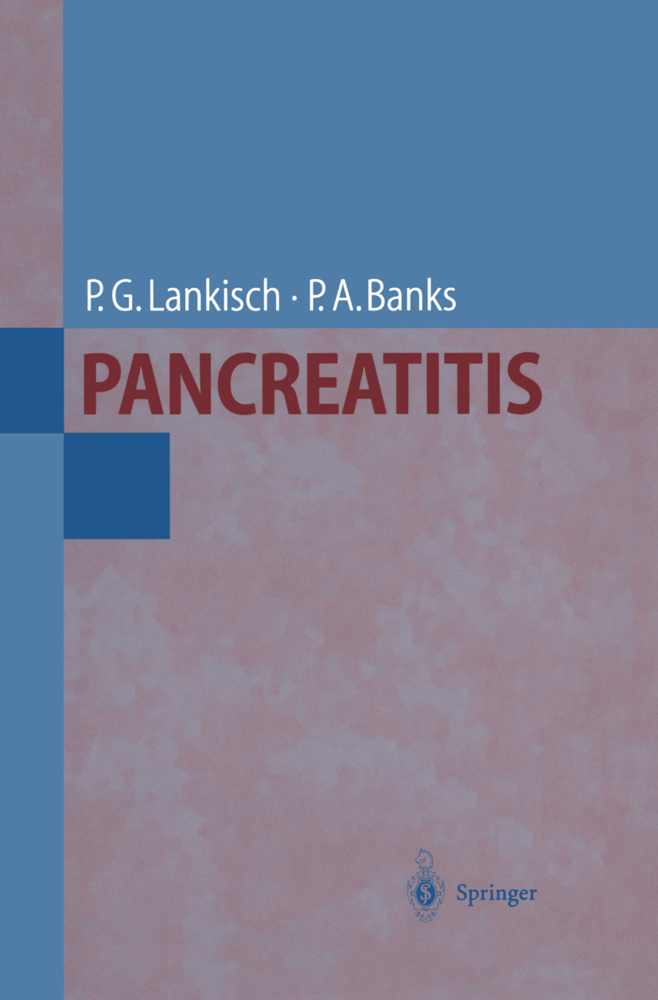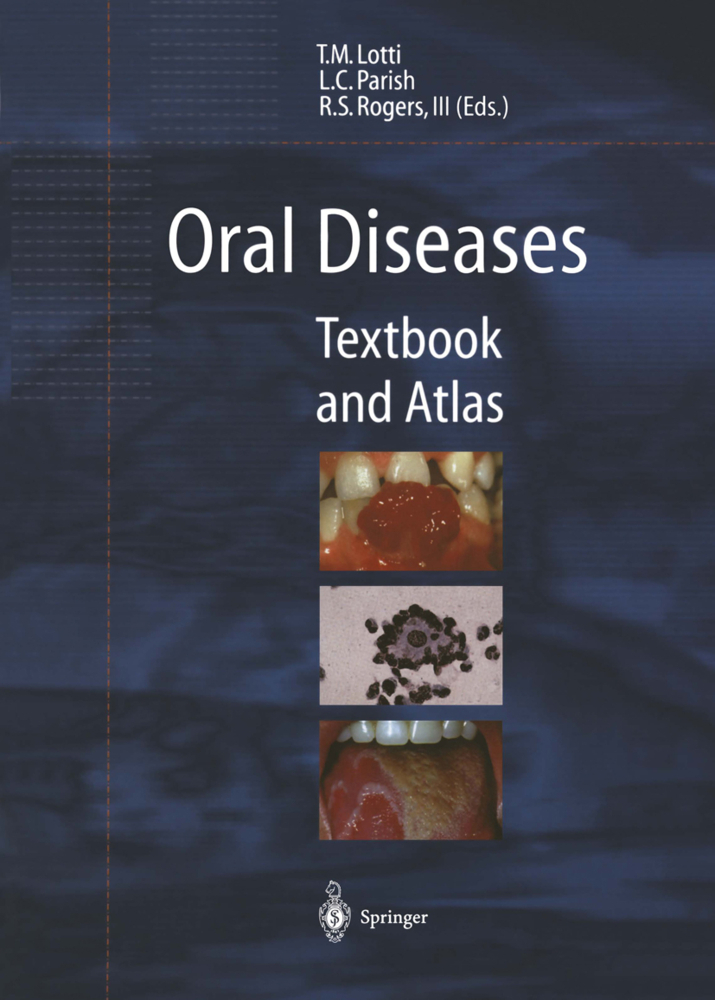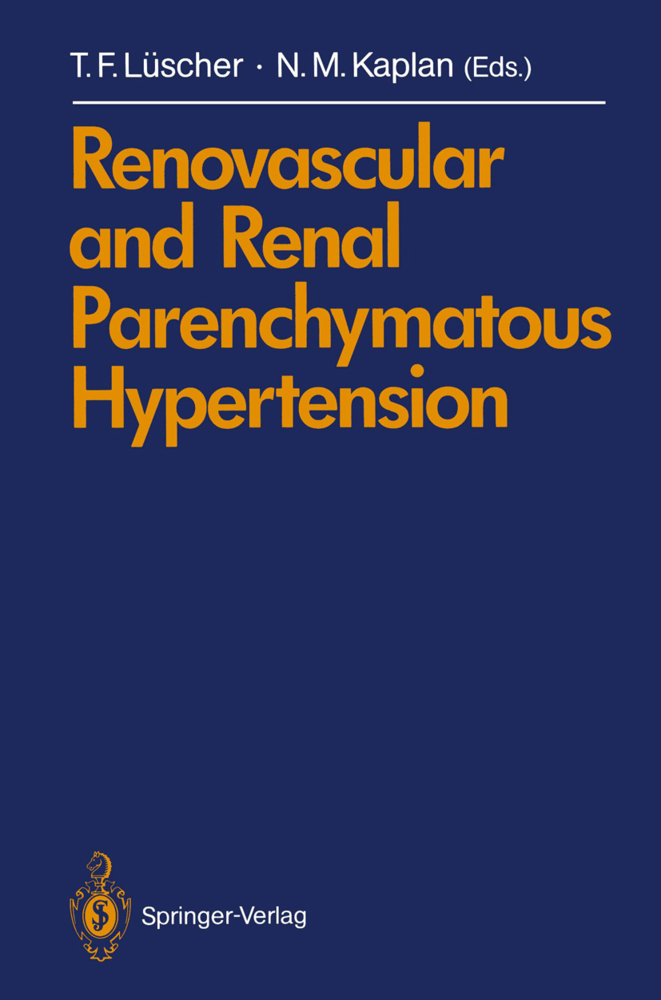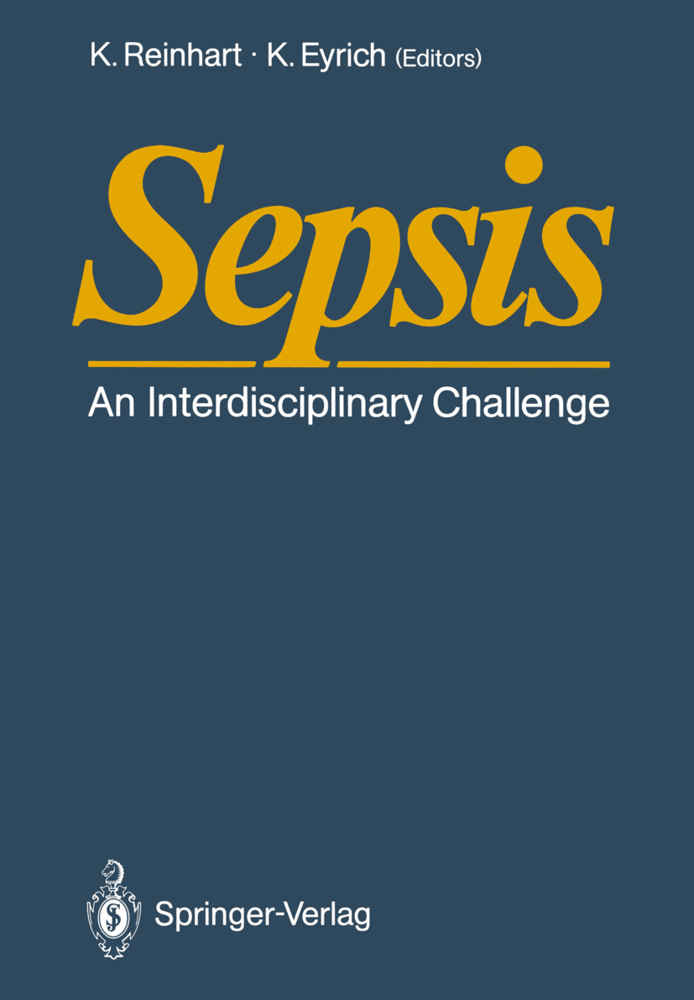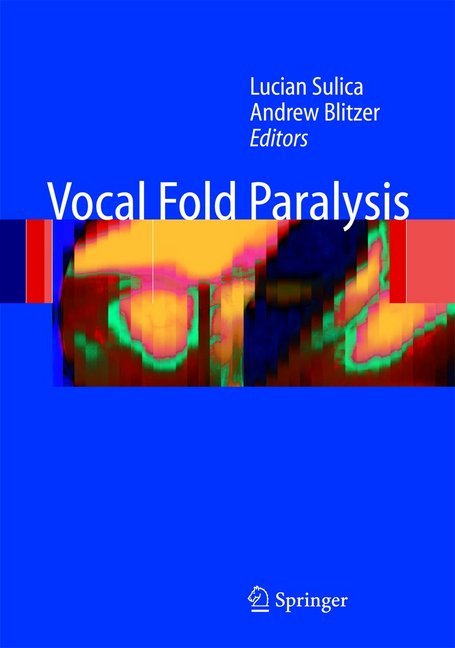Pediatric Oncology Nursing
Advanced Clinical Handbook
Pediatric Oncology Nursing: Advanced Clinical Hand- signs, diagnostic and laboratory procedures, tre- book is a joint effort between nurses in Canada, the ment, prognosis, and follow up care are included for United Kingdom, and the United States. This is the each of the disorders. second edition, and has been another wonderful Part III covers cancer treatment, including c- opportunity to bring together the expertise of hema- motherapy, radiation therapy, hematopoetic stem cell tology and oncology nurses from two continents. The transplantation, surgery, gene therapy, biotherapy, c- book is designed to be a comprehensive clinical hand- plimentary and alternative medicine, and clinical trials. book for nurses in advanced practice working with The principles and description of treatment, method pediatric hematology/oncology patients. Speci? c of treatment delivery, potential side effects, and special issues related to young children and adolescents with considerations for each type of treatment are discussed. cancer and hematologic disorders are discussed. Part IV focuses on the side effects of cancer Thirty-one contributors and two editors partici- treatment in relation to metabolic processes and pated in the writing of this text. Individuals in advanced gastrointestinal, hematologic, respiratory, renal, c- practice and academic roles - nurse practitioners, clin- diovascular, neurologic, musculoskeletal, integum- ical nurse specialists, nutritionists, clinical instructors, tary, endocrine, and auditory systems. The incidence, lecturers, academicians, and educators - were involved. etiology, treatment, prevention, and prognosis are One of the most appealing features of this text is the included for each side effect reviewed.
1;Dedication;5 2;Preface;6 3;Contributors;7 4;Contents;9 5;Part I: Leukemia;20 5.1;Chapter 1;21 5.1.1;Leukemia;21 5.1.1.1;1.1 Introduction;22 5.1.1.2;1.2 Acute Lymphoblastic Leukemia;23 5.1.1.2.1;1.2.1 Epidemiology;23 5.1.1.2.2;1.2.2 Etiology;24 5.1.1.2.2.1;1.2.2.1 Genetic Factors;24 5.1.1.2.2.2;1.2.2.2 Environmental Factors;24 5.1.1.2.3;1.2.3 Molecular Genetics;26 5.1.1.2.4;1.2.4 Symptoms and Clinical Signs;27 5.1.1.2.5;1.2.5 Diagnostics;28 5.1.1.2.6;1.2.6 Staging and Classifi cation;29 5.1.1.2.6.1;1.2.6.1 Risk Classifi cation;29 5.1.1.2.6.2;1.2.6.2 Cell Morphology;30 5.1.1.2.6.3;1.2.6.3 Cytochemistry;30 5.1.1.2.6.4;1.2.6.4 Immunophenotyping;30 5.1.1.2.6.5;1.2.6.5 Cytogenetics;31 5.1.1.2.7;1.2.7 Treatment;32 5.1.1.2.7.1;1.2.7.1 Induction;33 5.1.1.2.7.2;1.2.7.2 Consolidation;34 5.1.1.2.7.3;1.2.7.3 Reintensifi cation;34 5.1.1.2.7.4;1.2.7.4 CNS-Directed Therapy;35 5.1.1.2.7.5;1.2.7.5 Maintenance/Continuing Treatment;35 5.1.1.2.7.6;1.2.7.6 Allogeneic Stem Cell Transplant;36 5.1.1.2.8;1.2.8 Prognosis;36 5.1.1.2.9;1.2.9 Follow-Up;36 5.1.1.2.10;1.2.10 Future Perspectives;37 5.1.1.2.11;1.2.11 Relapsed ALL;37 5.1.1.3;1.3 Acute Myeloid Leukemia;39 5.1.1.3.1;1.3.1 Epidemiology;39 5.1.1.3.2;1.3.2 Etiology;39 5.1.1.3.2.1;1.3.2.1 Genetic Factors;39 5.1.1.3.2.2;1.3.2.2 Environmental Factors;40 5.1.1.3.3;1.3.3 Molecular Genetics;40 5.1.1.3.4;1.3.4 Symptoms and Clinical Signs;40 5.1.1.3.5;1.3.5 Diagnostics;41 5.1.1.3.6;1.3.6 Staging and Classifi cation;41 5.1.1.3.7;1.3.7 Treatment;42 5.1.1.3.8;1.3.8 Prognosis;44 5.1.1.3.9;1.3.9 Follow-Up;44 5.1.1.3.10;1.3.10 Future Perspectives;44 5.1.1.4;1.4 Chronic Myeloid Leukemia;45 5.1.1.4.1;1.4.1 Epidemiology and Etiology;45 5.1.1.4.2;1.4.2 Molecular Genetics;45 5.1.1.4.3;1.4.3 Symptoms and Clinical Signs;45 5.1.1.4.4;1.4.4 Diagnostics;46 5.1.1.4.5;1.4.5 Treatment;46 5.1.1.4.6;1.4.6 Prognosis;46 5.1.1.4.7;1.4.7 Future Perspectives;46 5.1.1.5;1.5 Juvenile Myelomonocytic Leukemia;46 5.1.1.6;1.6 Langerhans Cell Histiocytosis;47 5.1.1.6.1;1.6.1 Epidemiology and Etiology;47 5.1.1.6.2;1.6.2 Diagnostics;48 5.1.1.6.3;1.6.3 Symptoms and Clinical Signs;48 5.1.1.6.4;1.6.4 Treatment;49 5.1.1.6.5;1.6.5 Prognosis;49 5.1.1.7;References;49 5.2;Chapter 2;53 5.2.1;Lymphoma;53 5.2.1.1;2.1 Lymphoma;53 5.2.1.2;2.2 Hodgkin Lymphoma;53 5.2.1.2.1;2.2.1 Epidemiology;54 5.2.1.2.2;2.2.2 Etiology;54 5.2.1.2.3;2.2.3 Molecular Genetics;54 5.2.1.2.4;2.2.4 Symptoms and Clinical Signs;54 5.2.1.2.5;2.2.5 Diagnostics;56 5.2.1.2.6;2.2.6 Staging and Classification;58 5.2.1.2.7;2.2.7 Treatment;59 5.2.1.2.8;2.2.8 Prognosis;62 5.2.1.2.9;2.2.9 Follow-Up;63 5.2.1.2.10;2.2.10 Relapsed/Refractory HL;63 5.2.1.2.11;2.2.11 Future Perspectives;64 5.2.1.3;2.3 Non-Hodgkin Lymphomas;64 5.2.1.3.1;2.3.1 Epidemiology;64 5.2.1.3.2;2.3.2 Etiology;65 5.2.1.3.3;2.3.3 Molecular Genetics;65 5.2.1.3.4;2.3.4 Symptoms and Clinical Signs;66 5.2.1.3.5;2.3.5 Diagnostics;68 5.2.1.3.6;2.3.6 Staging and Classification;70 5.2.1.3.7;2.3.7 Treatment;70 5.2.1.3.8;2.3.8 Prognosis;74 5.2.1.3.9;2.3.9 Follow-Up;74 5.2.1.3.10;2.3.10 Treatment of Relapsed/Refractory NHL;75 5.2.1.3.11;2.3.11 Future Perspectives;75 5.2.1.4;References;76 5.3;Chapter 3;78 5.3.1;Solid Tumor;78 5.3.1.1;3.1 Ewing's Sarcoma Family of Tumors;79 5.3.1.1.1;3.1.1 Epidemiology;79 5.3.1.1.2;3.1.2 Etiology;79 5.3.1.1.3;3.1.3 Molecular Genetics;79 5.3.1.1.4;3.1.4 Symptoms and Clinical Signs;80 5.3.1.1.5;3.1.5 Diagnosis;80 5.3.1.1.6;3.1.6 Staging and Classifi cation;82 5.3.1.1.7;3.1.7 Treatment;82 5.3.1.1.7.1;3.1.7.1 Chemotherapy;82 5.3.1.1.7.2;3.1.7.2 Surgery;82 5.3.1.1.7.3;3.1.7.3 Radiotherapy;82 5.3.1.1.7.4;3.1.7.4 Metastatic Disease;82 5.3.1.1.8;3.1.8 Prognosis;83 5.3.1.1.9;3.1.9 Follow-Up;84 5.3.1.1.10;3.1.10 Future Perspectives;84 5.3.1.2;3.2 Osteosarcoma;84 5.3.1.2.1;3.2.1 Epidemiology;85 5.3.1.2.2;3.2.2 Etiology;85 5.3.1.2.3;3.2.3 Molecular Genetics;85 5.3.1.2.4;3.2.4 Signs and Symptoms;86 5.3.1.2.5;3.2.5 Diagnostics;86 5.3.1.2.6;3.2.6 Staging and Classifi cation;87 5.3.1.2.7;3.2.7 Treatment;87 5.3.1.2.8;3
| ISBN | 9783540879848 |
|---|---|
| Artikelnummer | 9783540879848 |
| Medientyp | E-Book - PDF |
| Auflage | 2. Aufl. |
| Copyrightjahr | 2010 |
| Verlag | Springer-Verlag |
| Umfang | 584 Seiten |
| Sprache | Englisch |
| Kopierschutz | Digitales Wasserzeichen |

